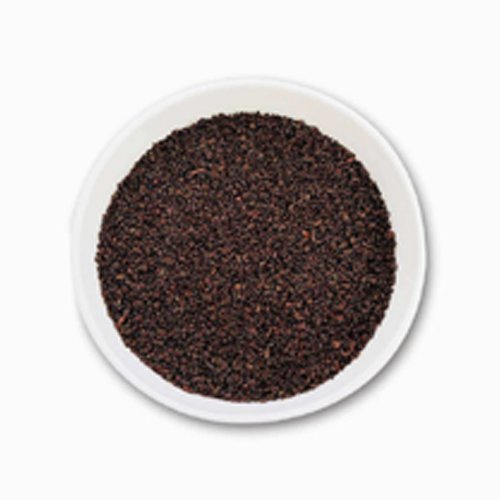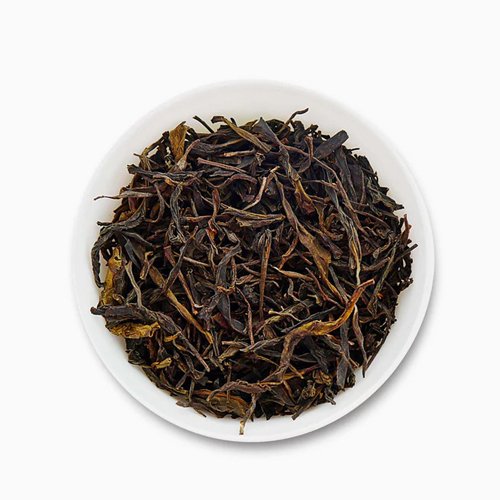Types of Tea

Black Tea
Black tea is what most of us have grown up drinking. Full-bodied and strong, black tea tastes great alone or can be had with milk and sugar. And it makes great iced tea.
Black tea is the most common type of tea accounting for up to 85% of total tea consumption in the western world. Black tea is fully oxidized and has a darker appearance, stronger flavour, and higher caffeine content compared to other teas. The caffeine content in black tea is still around half the level of coffee. Often black teas can be consumed with sugar, milk, or lemon and offer some of the same health benefits as other teas.
Green Tea
Green tea is the most popular type of tea and is the favourite choice amongst Asians.Some loose green teas are scented with flowers or mixed with fruits to create scented or flavoured teas. Straight green tea has a clean and delicious taste.
Green tea is ‘unoxidized’ tea. The leaves are heated soon after picking in order to destroy the enzymes that cause oxidation. This type of processing preserves a high level of antioxidants, vitamins, and minerals accounting for the various health benefits of green tea. The infusion is pale greenish-yellow in color and tastes light and grassy. It is best consumed without any additives, although some people may prefer to add lemon or a sweetener but not milk.


Oolong Tea
Oolong tea, (pronounced as wu long tea), is most commonly recognised as Chinese tea served at a Chinese restaurant.
Oolong tea is semi-oxidized, so the leaf is allowed to sit for maybe 2-4 hours, before being heated up to halt oxidization. The amount of oxidation affects the flavour and appearance of the tea. Longer oxidization results in a darker oolong which is more similar in taste to a black tea, while shorter oxidization makes it more similar in nature to green tea. When steeped, Oolong tea produces golden or light brown tea with a very delicate flavour resembling neither black nor green tea.
White Tea
White tea is the purest and least processed of all teas. White tea has a light colour anflavour and is appreciated by tea connoisseurs for its unmatched subtlety, natural sweetness and delicacy .
White tea is the least processed of all teas. Only the unopened buds and young leaves covered in silver fuzz are used, and they are merely withered and dried. White tea produces a very light-colored infusion with a mild flavour. Its caffeine content is even lower than that of green tea and is considered to have a very high level of antioxidants. White tea is best consumed without any additives at all.


Masala Tea
Masala Tea is black tea mixed with traditional Indian spices like cardamom, cloves, cinnamon, and ginger. It is usually prepared by boiling water and milk along with tea and spices and sweetened with sugar. It is the most popular way of drinking tea in India. However, this wasn’t always the case. When tea was first grown in India, it was not a popular beverage among the locals. Hence some Indian vendors began adding it to a local drink called ‘kadha’ which was water and milk boiled with spices. This is how Masala Tea as it is known in Britain was born!

Jasmine Tea
Jasmine tea is tea infused with the aroma of jasmine blossoms. It is the most popular scented tea in China. It is usually made with green tea, but white, oolong, and black teas are also used. The method of infusing the scent of jasmine flowers into the tea is very laborious and takes several days. The tea is stored with the flowers in a special room with controlled humidity. This is done at night as that is when the jasmine flowers bloom. The process is repeated over several nights to get the right level of scent.

Herbal Tea
Although we colloquially call herbal teas “tea,” they’re not actually related to true teas made from the camellia sinensis plant. Instead, herbal teas are composed of a blend of different herbs and spices. In general, herbal teas contain no caffeine. There are a wide variety of different kinds of herbal teas, including both single-ingredient teas like Peppermint and Chamomile, as well as creative blends like Lavender Lullaby and Atomic Gold.
Herbal teas are also sometimes called herbal infusions or tisanes. Popular herbal tea ingredients include peppermint, chamomile, hibiscus, ginger, lavender, and more. Herbal blends often have medicinal properties, and depending on the blend can be used to treat everything from sore throats to upset stomachs.

Purple Tea
Purple tea is a relatively new kind of tea, and has only been commercially available for a few years. The tea is produced from a rare purple-leaved tea plant found growing wild in the Assam region of India. Today, purple teas are primarily produced in Kenya, Africa. They have a light body and mellow flavor, and are extremely low in caffeine and high in antioxidants and anthocyanins.
Purple tea is usually produced in a manner similar to oolong teas. The leaves are harvested, wilted, and undergo partial oxidation before being shaped and dried. When brewed, purple tea brews up a light reddish-purple, thanks to the unique color of its leaves.

